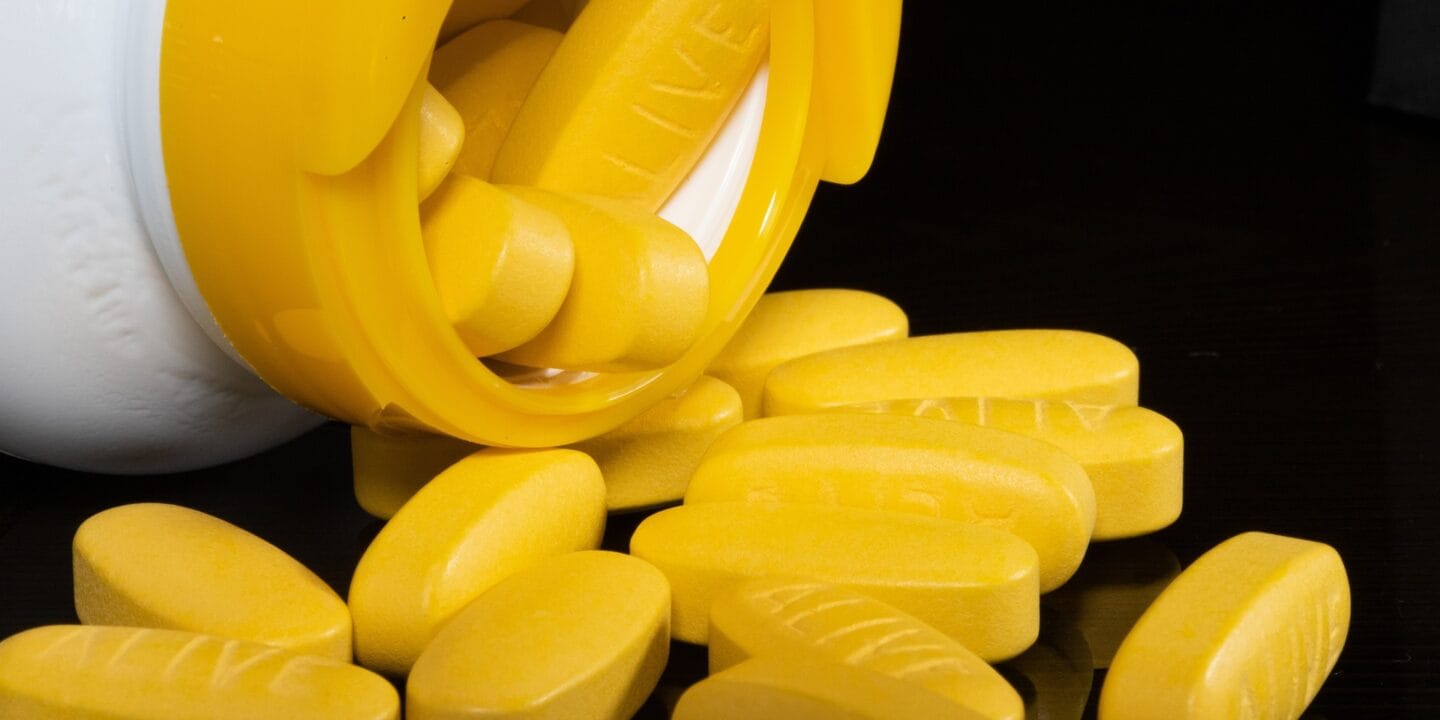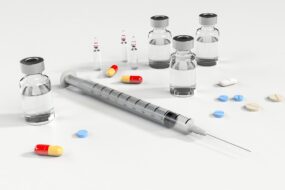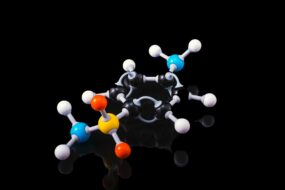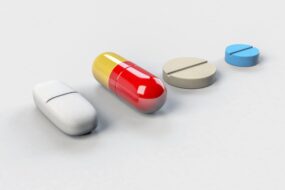
Ergotamine is a partial agonist and antagonist at α adrenergic and all 5-HT1 and 5-HT2 receptors subtypes. It does not interact with 5-HT3 or dopamine receptors.
Mechanism of action.
- It stimulates alpha receptors to vasoconstriction with low vascular tone and vasodilates hypertonic vessels.
- At higher doses, it competes for the alpha receptor to block it.
- It is a potent emetic through the CTZ and vomiting center and a moderately potent oxytocic.
Clinical uses.
- Management of migraine.
- Menopausal hot flashes.
Adverse effects.
- Nausea, vomiting, and abdominal pain.
- Muscle cramps, weakness, and paresthesias.
- Coronary and other vascular spasms.
- Chest pain
Ergot poisoning.
Vasoconstriction accompanied by damage to capillary endothelium leads to ;
- Thrombosis.
- Vascular stasis
- Gangrene.
Drug interaction.
- Clarithromycin increases the toxicity of ergotamine by affecting hepatic/intestinal enzyme CYP3A4 metabolism.
- Sumatriptan increases the toxicity of the drug by pharmacodynamic synergism.
Contraindication
- Presence of sepsis.
- Ischaemic heart disease.
- Peripheral vascular disease.
- Hypertension.
- Pregnancy.
- Liver and kidney disease.
Dosage.
- Ergotamine: For migraine 1–3 mg oral/sublingual, repeat as required (max 6 mg in a day); rarely 0.25–0.5 mg i.m.or s.c.
- ERGOTAMINE 1 mg tablet, 0.5 mg/ml injection.
- Dihydroergotamine: For migraine 2–6 mg oral (max 10 mg/day), 0.5–1 mg i.m., s.c. repeat hourly (max 3 mg).












